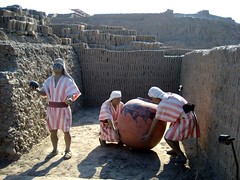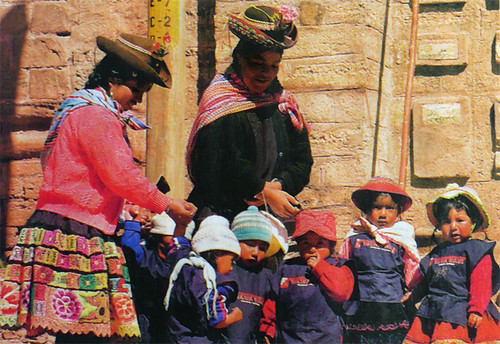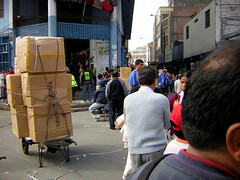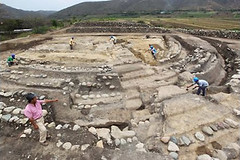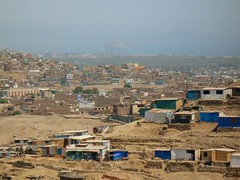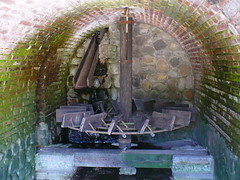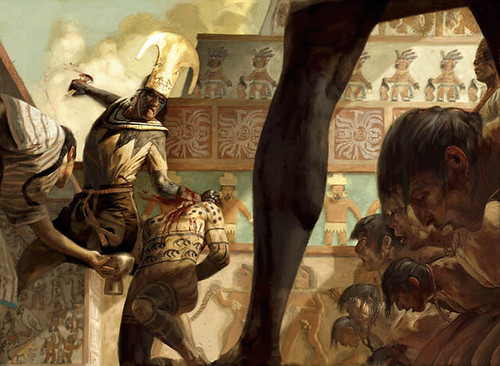According to some of the climate change models that were reported on the news here some time ago, predictions were made that showed in as little as 50 years the Amazon could dry up to become an arid savannah. The dense tropical forests would be replaced open grassland, and eventually, desert.
Category: "Life"
Poor people, Historic buildings
I still haven’t gotten used to the fact that in Peru the poor are the ones who live in the oldest, most historic and most culturally valuable buildings in the country, and in some cases most of South America.
It’s still strange to me that some of the most run-down, rough and poorest neighbourhoods are also the oldest, and that they are falling apart and no-one seems to care.
What’s strange to Peruvians, especially those who live in these buildings that can be hundreds of years old, is that in most other countries these buildings would be snapped up by the richest of the rich and be worth millions if not tens of million of dollars.
Earthquake: One week on
One week after the magnitude-8 earthquake that struck the Ica region, 25 miles off the coast of Chincha and Pisco, current reports have 513 down as killed, 1090 injured with 37,521 homes destroyed. With lots more rubble to clear and some Andean towns still to be visited, these numbers will almost certainly increase.
Adelaide Ramirez – Survivor’s Story
The video story of Adelaide Ramirez, who survived Peru’s deadly 2007 earthquake.
School Teachers Riot
I never would have thought I’d see teachers of young children rampaging through the streets like lunatics, throwing bricks at police while screaming obscenities. But that’s exactly what I saw today.
Teachers from across Peru, many without accreditation, took part in what ended up as violent protests across dozens of cities in Peru. People were injured, property destroyed and tourists scared away.
Perros Abandonados
Lima, like many of South America’s cities, is one that you can’t help but notice has streets full of stray dogs. Some are born on the streets, but the vast majority are dumped by their owners after being bought as puppies, as if toys, from Lima’s many pet shops. Some are lucky and end up being taken in by people who want their allotments of land guarded, some are less lucky and end up starving, being beaten to death by passers-by or poisoned.
Cold Front hits Lima
As predicted by Peru’s meteorological service, this weeks temperatures have dropped below the 15°c average to as little as 12°c as an unusually cold cold-front has hit the capital. The city of Lima was swamped by heavy fog, streets running with water and people in winter coats as I arrived back, having travelled from the sunny north of the country.
Christie’s defends its decision to auction looted goods
If something is stolen and no-one sees it or hears it being stolen, is it really stolen?
Not according to Christie’s. This month the auction house will sell off as many as 35 Pre-Columbian artefacts looted from various sites throughout Peru. These artefacts, from various cultures, are expected to fetch a total of $140,000 US.
Peru in 3D
Henri Smeets, a photographer from the Netherlands has taken a series of amazing 3D panoramas of various locations he visited on his recent trip to Peru in this year.
“Cuerazos Peruanos” – Basta de Racismo
Watching TV or looking at the advertisements across Latin America, you might notice something strange, particularly in countries like Peru. The models and actors look nothing like the majority of the population; they are overwhelmingly fair skinned whilst the population isn’t. In Latin America, and in Perú, there is an unfortunate correlation between what is considered beautiful in a person and the amount of European blood they have.
Terror in the Middle and Upper Classes (& Bats in Miraflores)
It’s been something I wanted to write about for a while, but didn’t know how to approach it or even really what to say. It isn’t even a strictly Peruvian trait and I think it happens in much of the world where extreme inequality exists, such as the USA for example, where thanks to TV we see the middle and upper classes sealing themselves off from the wider world and living in fear of it. In Europe the rich and poor often live within walking distance (yes, people walk to places there), and this culture of fear is far less wide spread, in my opinion.
But I’m not in the USA or Europe, so I’ll stick to attempting to describe the Peruvian or even Limeño version of this phenomenon.
El Hospital Chalaco
Hospital Chalaco is the recently inaugurated medical centre of Callao, which attends 3,000 people daily from the various areas of the country’s main port.



